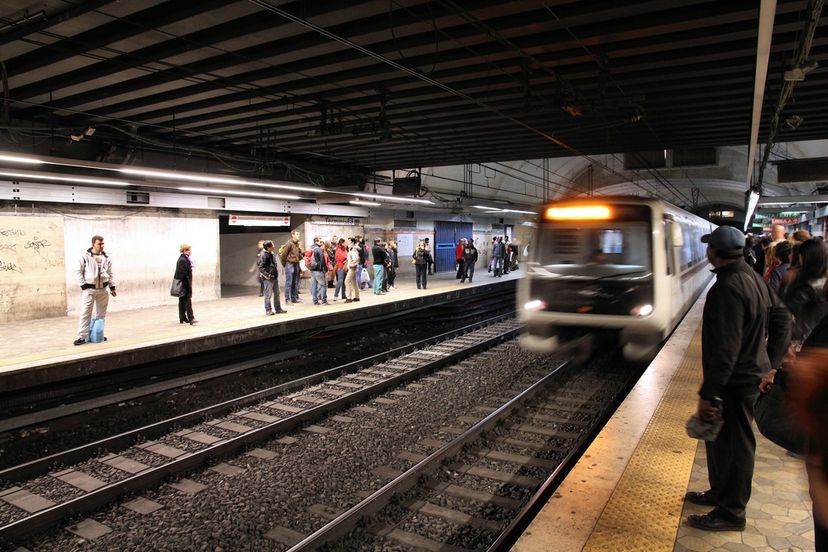
There’s no better, cheaper, or more convenient way to explore Rome than via public transit. The metro, buses, and tram will not only help immerse you in local culture, all public transit is fairly cheap and will help you cut down on traveling expenses. However, keep in mind that the transit system in Rome isn’t smooth, organized, and tourist friendly like it is in Paris and London. Here are 14 tips to help you navigate Rome with confidence and ease…
1. The entirety of Rome’s mass transit system works on a ticket system so regardless of if you want to ride the bus, tram, or subway you’ll need to purchase a ticket.
Advertisement
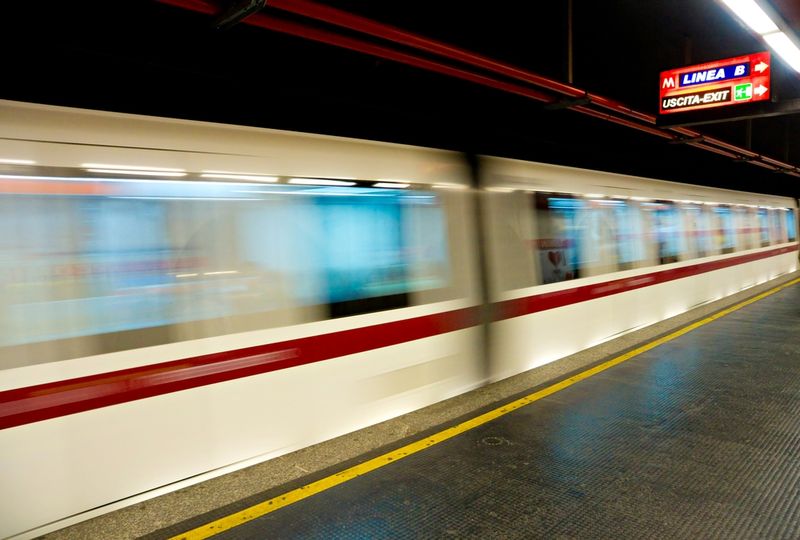
2. Multi-day passes save you money, which means rather than buying a single metro ticket, purchase a pass that’s valid for whole day, week, or month—depending on your stay.

3. You can purchase public transit tickets at self-serve machines in most metro stations, at tabbaconists, and newsstands.
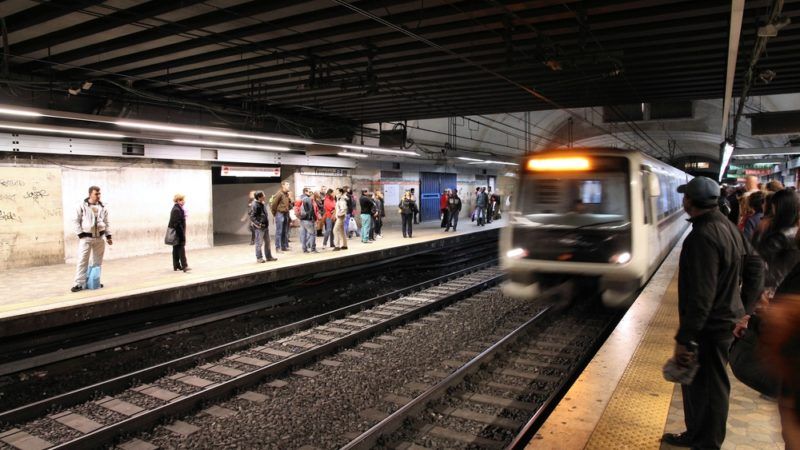
4. Single ride tickets cost 1 euro (for 75-minutes), a day pass costs 4 euro, a 3-day pass costs 11 euro, and a 7-day pass 16 euro…as you can see, if you plan to utilize public transit, buying a pass is much cheaper and you can take advantage of it any time you like.
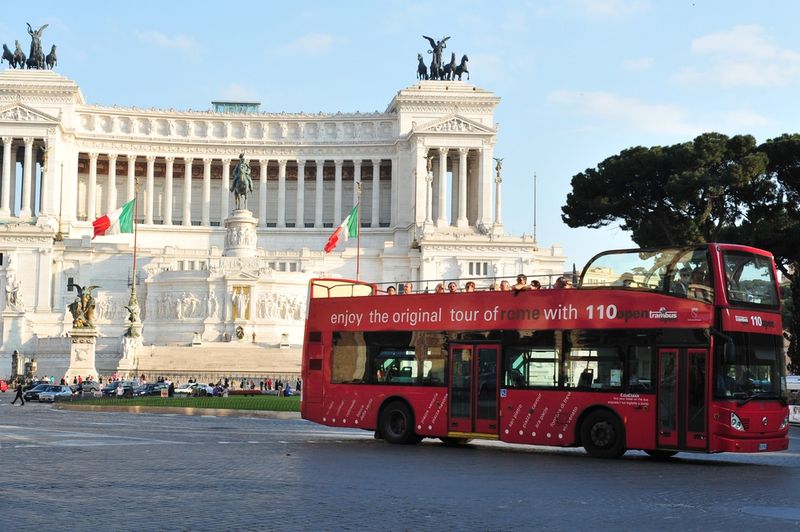
5. In addition to buying a ticket, you have to also validate the ticket or pass the first time you use it at the gate of entry point to the metro, bus, or tram. Without a validation, you can be fined 50 euro.
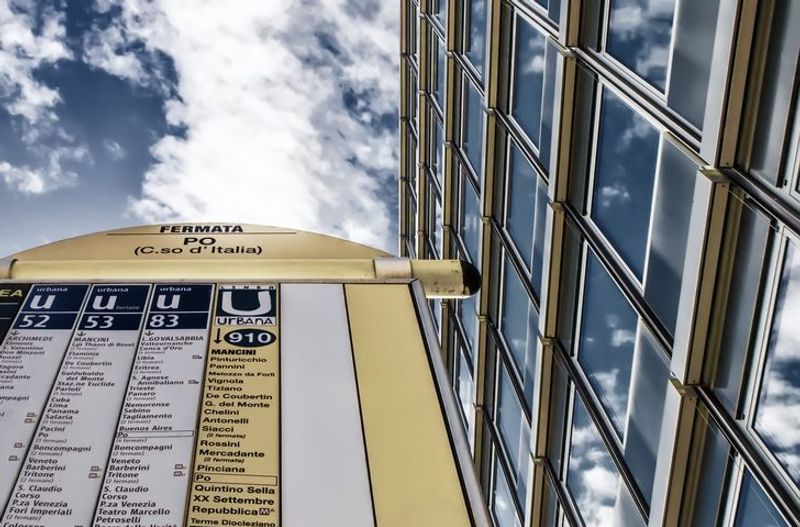
6. Oftentimes, the validation machines don’t work. If this occurs, don’t panic, just write the date and time on your ticket with a pen and it will be considered validated by the operator.
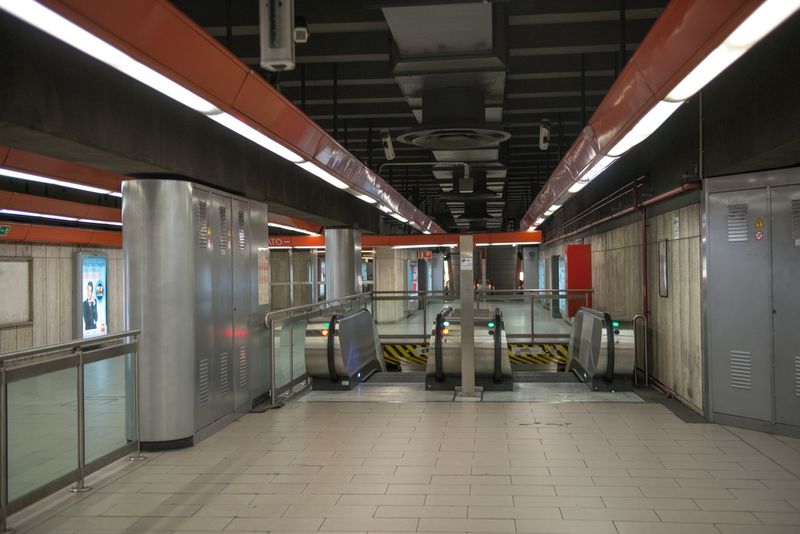
7. Rome has 2 metro lines that form an X with the main station, or Termini, at the center where the lines intersect. The first line is the B-line west of Termini—running down Via Cavour, under the Colosseum, and to Piramide. The second line is the A-line—which runs north of Termini to the Spanish Steps, Piazza Popolo, and out to the Vatican.
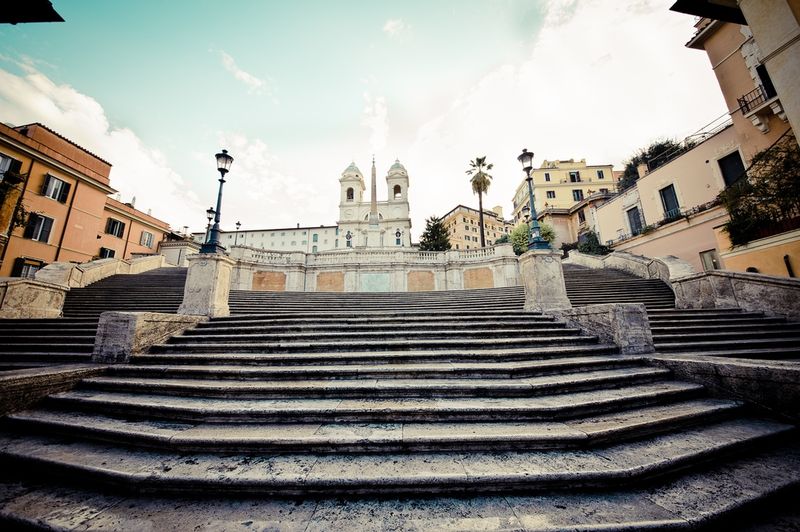
8. The metro begins operation at 5:30 am with the last train departing the station at 11:30 pm on weekends and 1 am on Fridays and Saturdays.
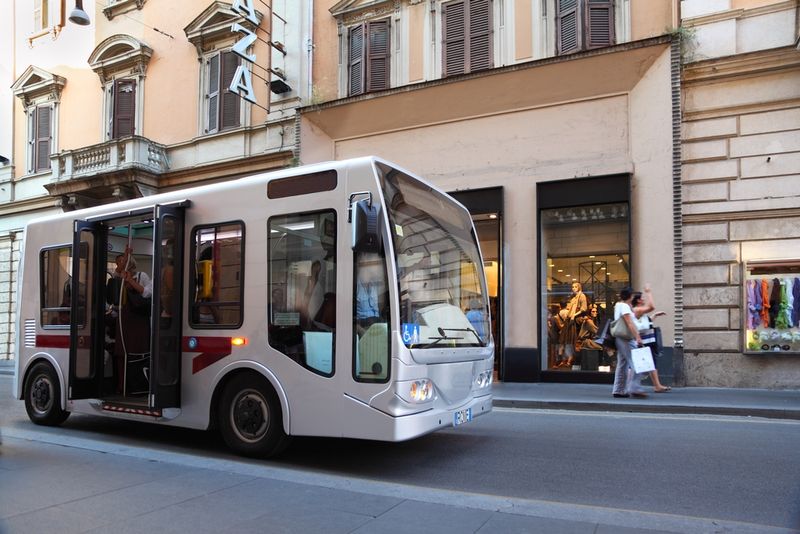
9. The Rome tram runs in three main lines—2 (runs north from Piazza Popolo and back to Via Flaminio), 3 (around the city exterior from the Colosseum to Trastevere), and 8 (starting at Largo Argentina and crossing the river into Trastevere).
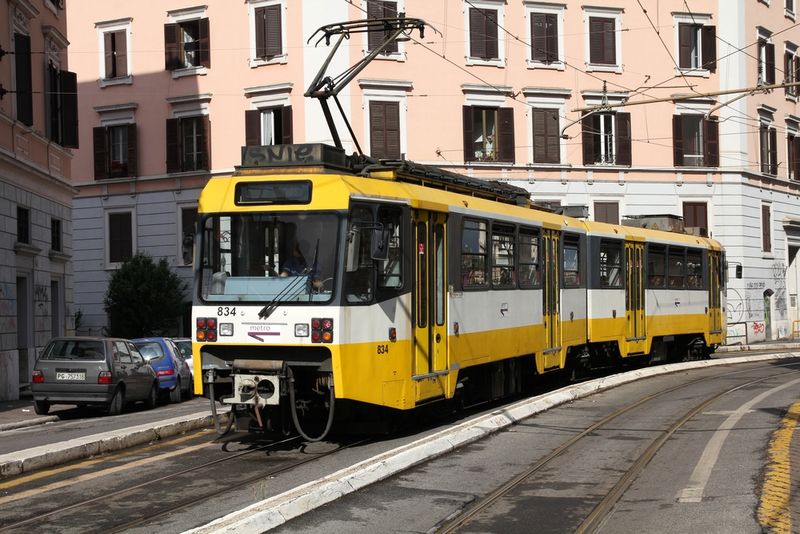
10. Rome’s buses are the most difficult to navigate for travelers. However, signs are posted at each bus stop with a list of bus stops on the routes.
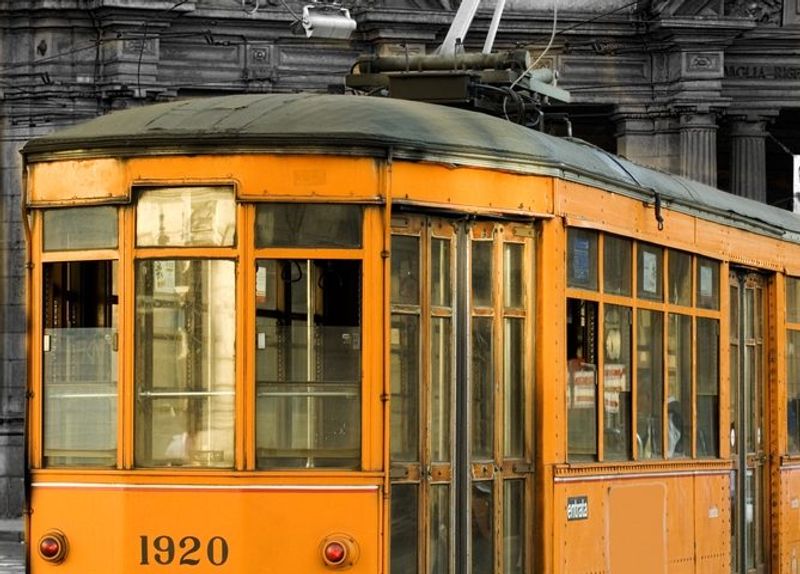
11. Rome’s buses run from 5:30 am to midnight (except on Sundays and holidays).
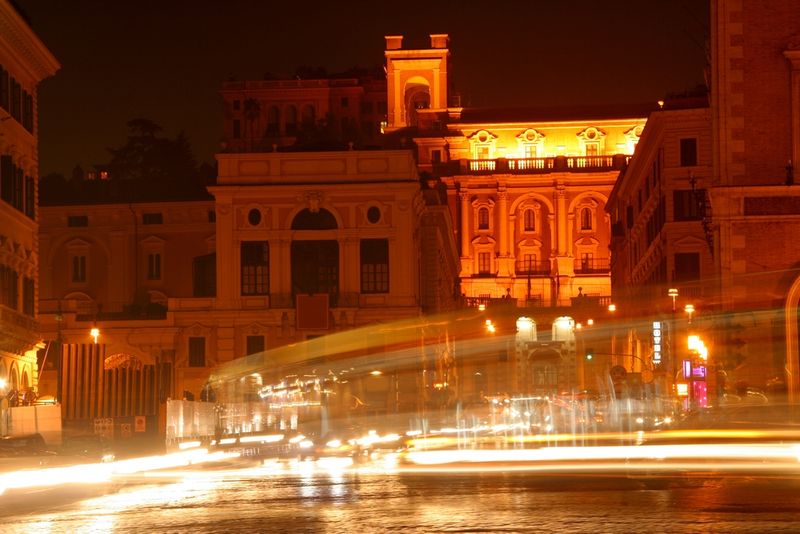
12. Locals mainly ride the buses, but they are almost always helpful if tourists have questions.
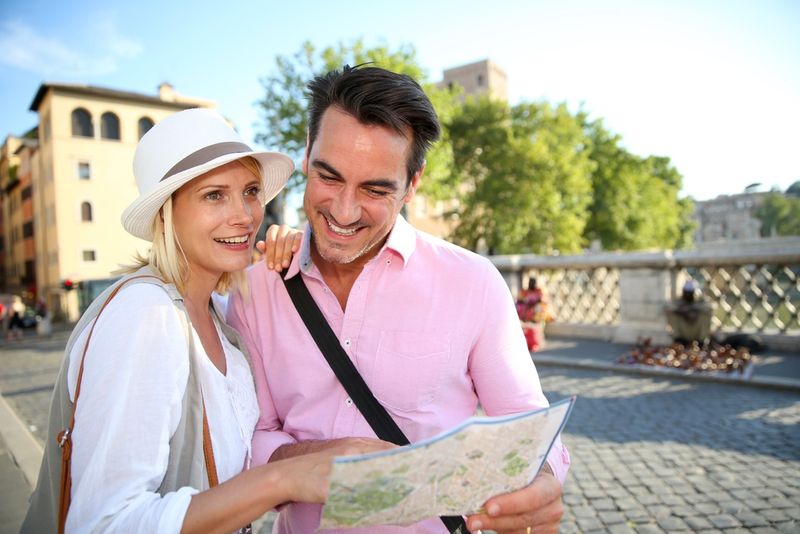
13. Keep in mind that the electronic message boards at bus stops, the ones that anticipate arrival) are not always accurate. You will see 3 numbers on each board—the first is the number of the bus, the second is the number of stops the bus makes on route, and the third is how far away the bus is in minutes.
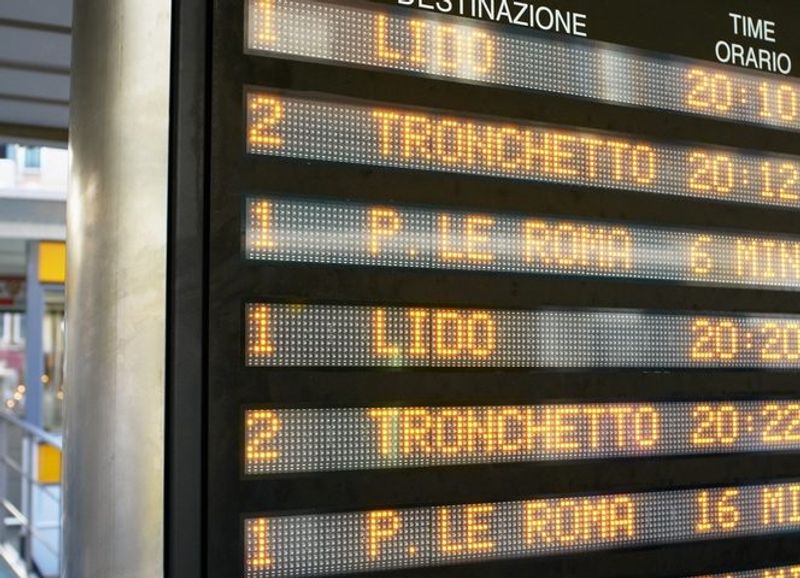
14. After the last midnight bus runs, the night bus route takes over until morning. Night buses are marked by an “N” and the routes differ from the normal routes.
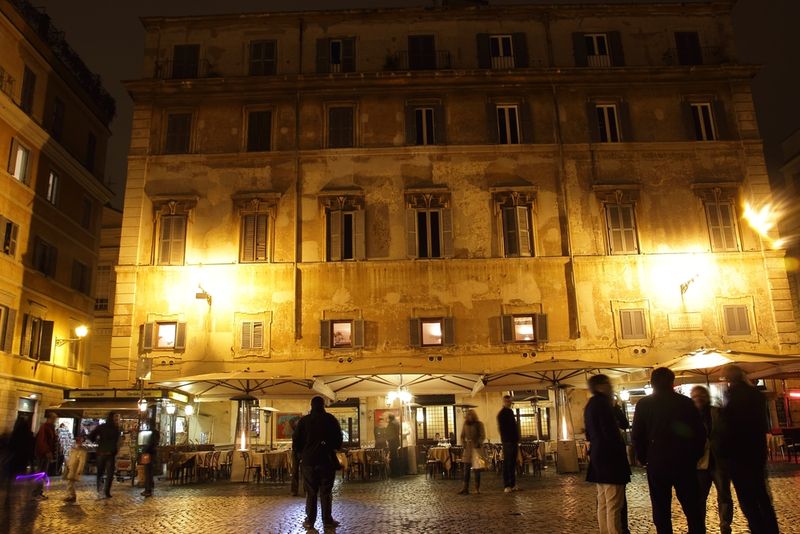
Advertisement